Tobe
Editor's Column "Craft Production Regions" VOL.4 AD
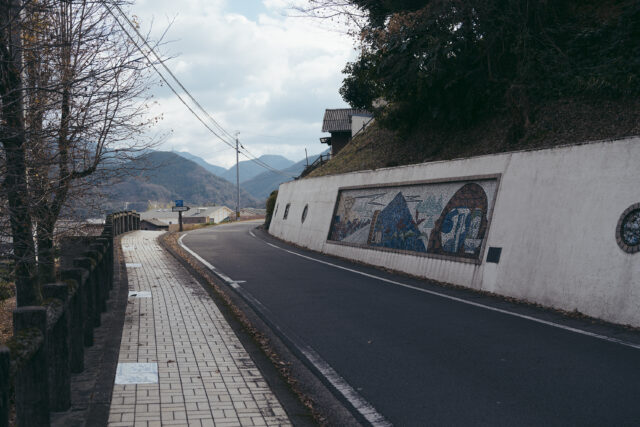

VOL.1-4
Update
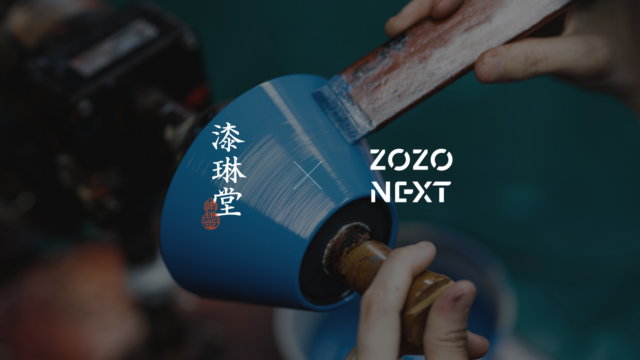
VOL.1-19
Update
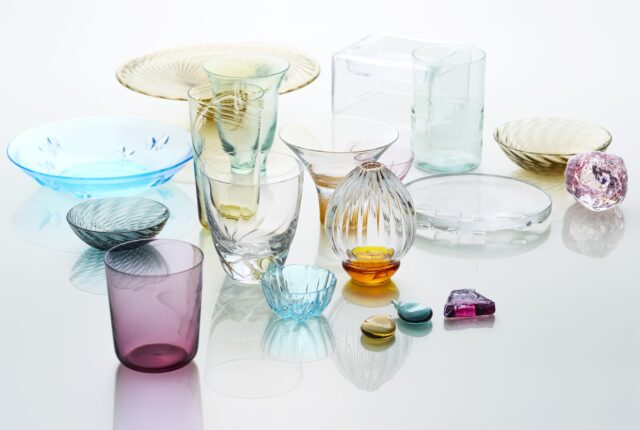
VOL.1-17
Update
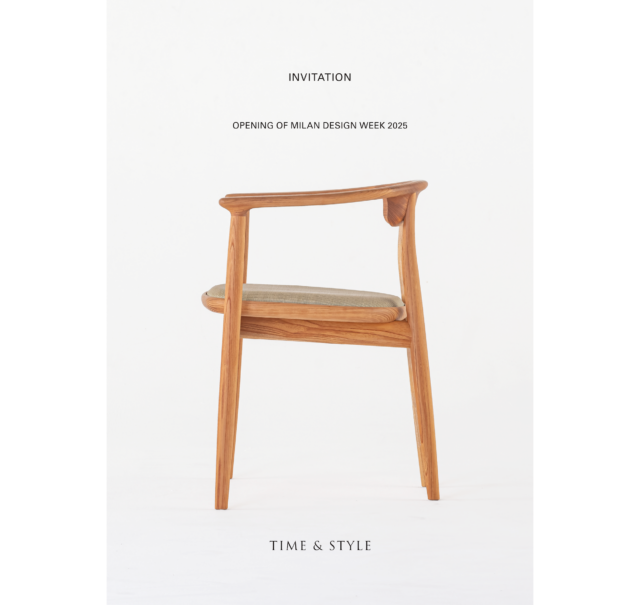
VOL.1-43
Update
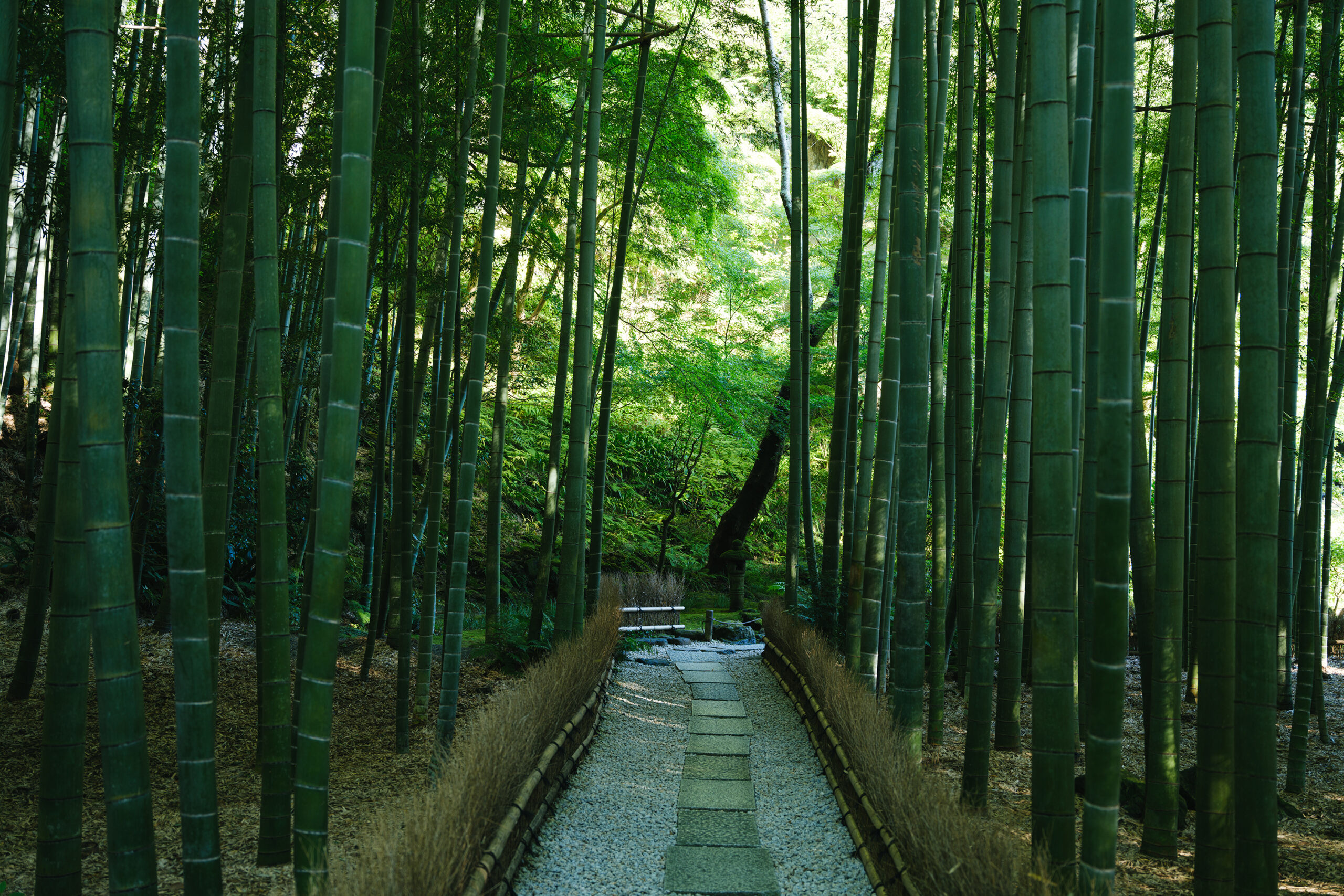
VOL.1-2
Update
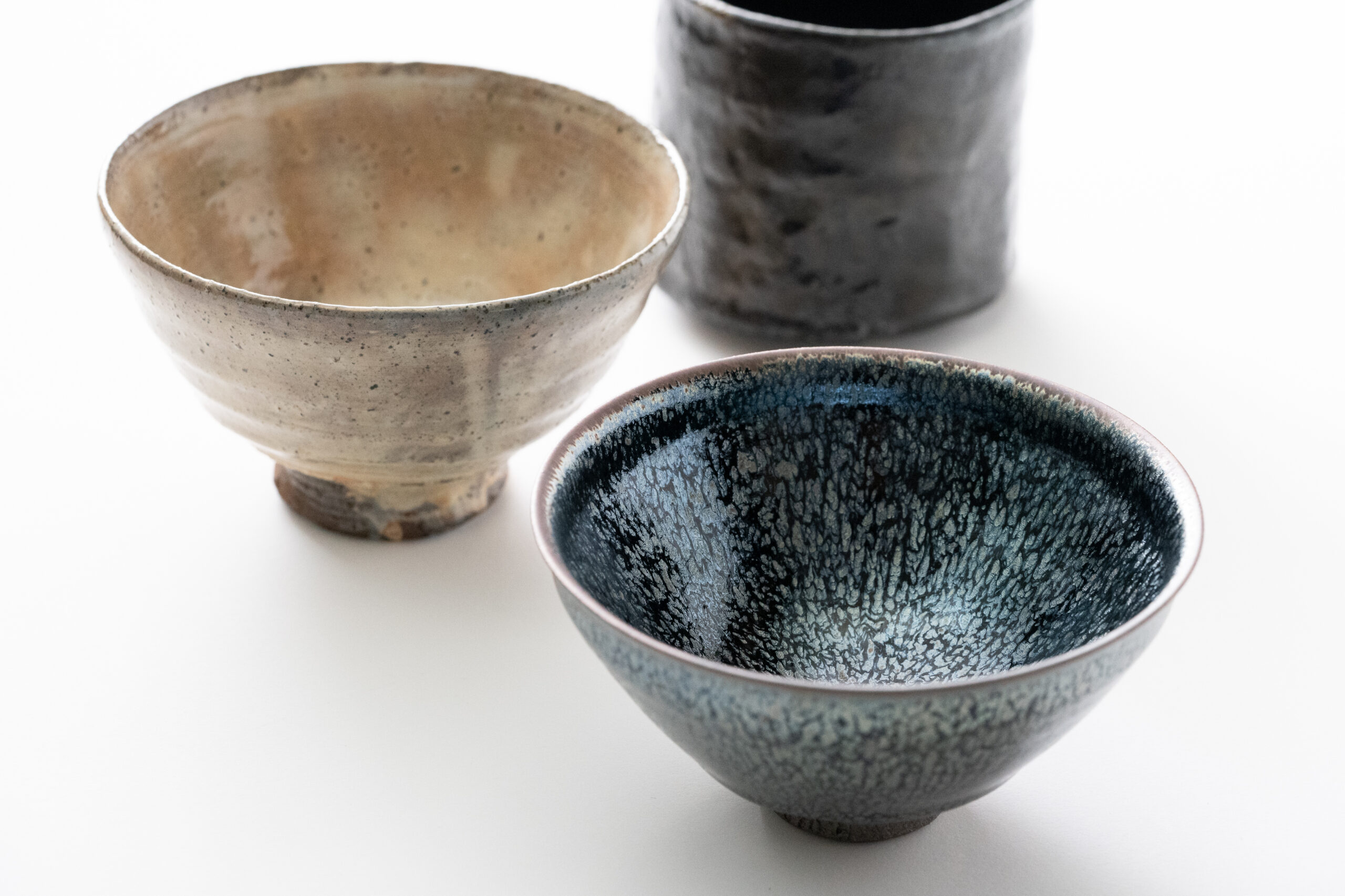
VOL.1-3
Update
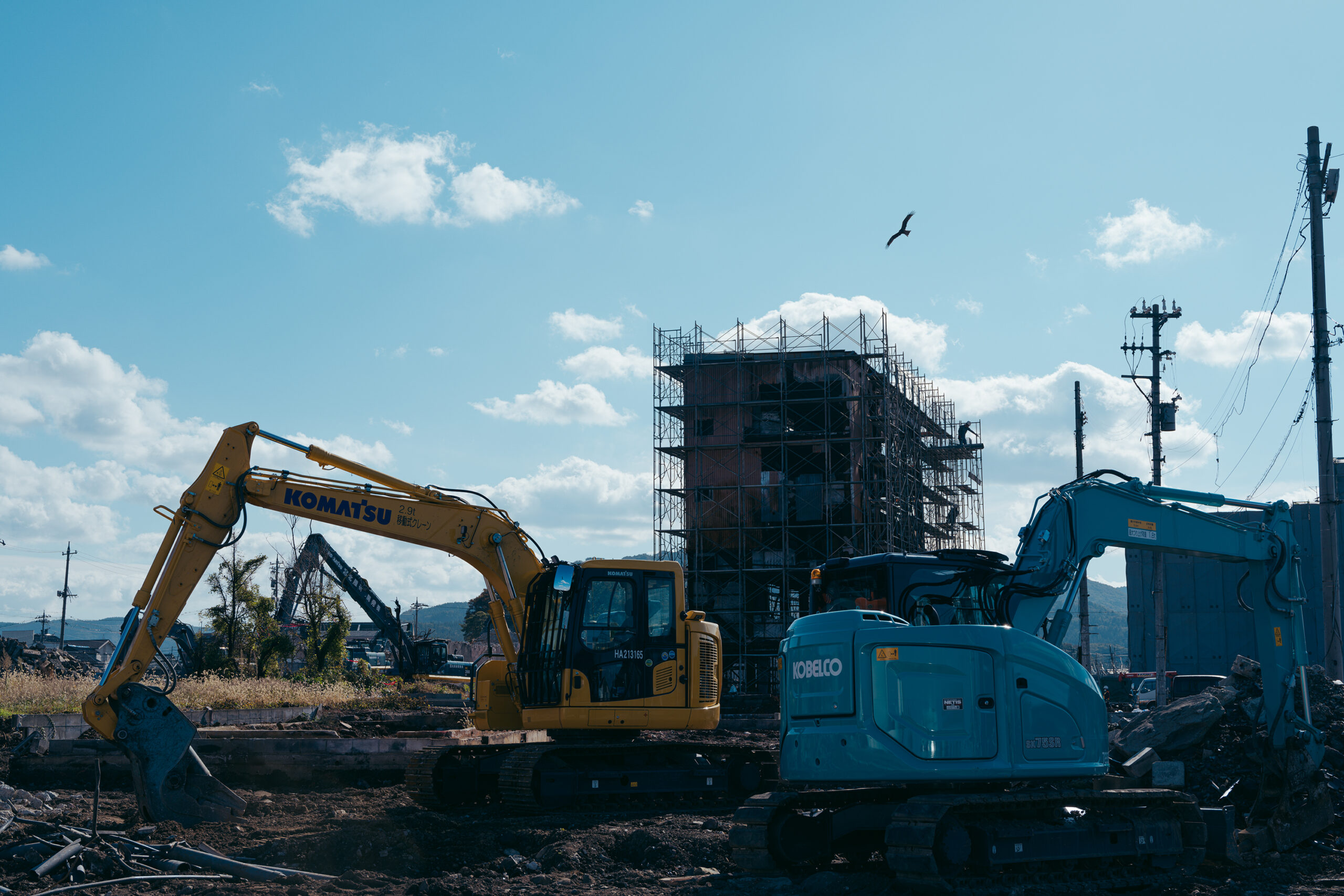
VOL.1
Update
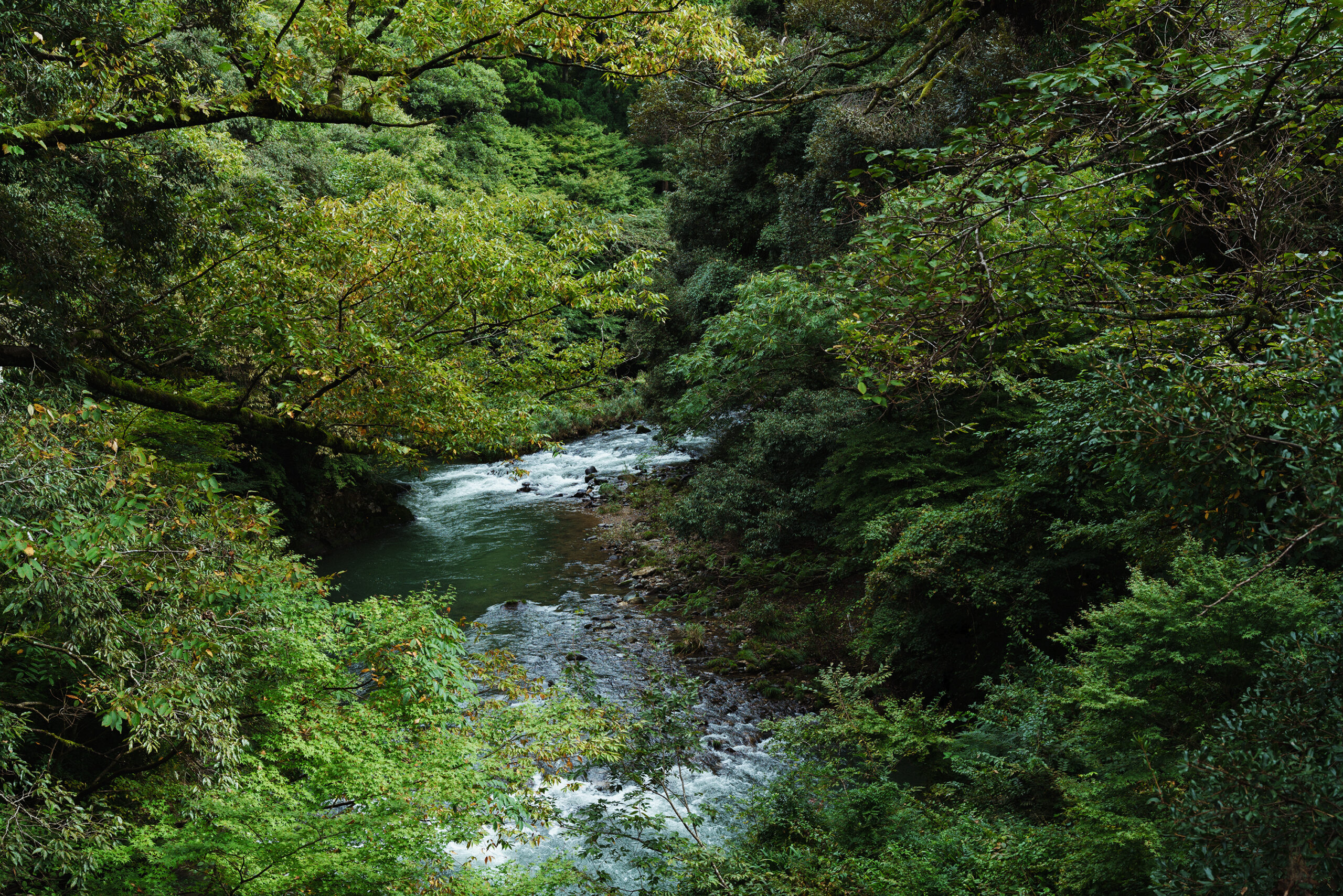
VOL.1-7
Update
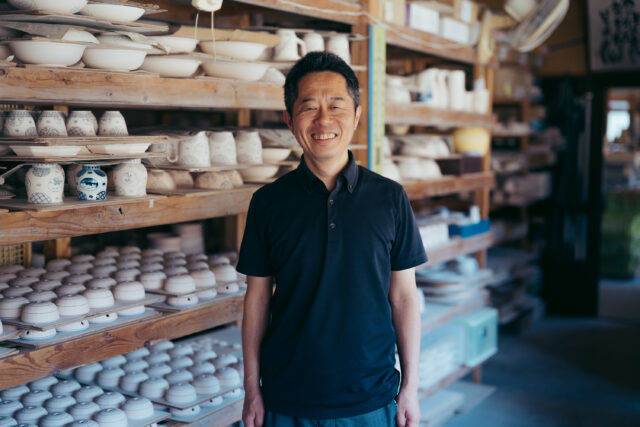
VOL.1-32
Update
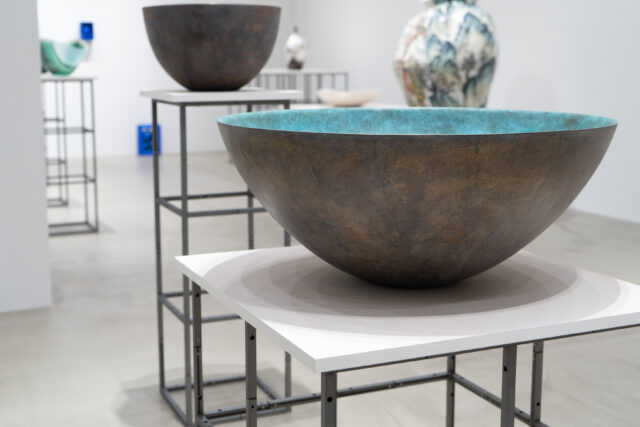
VOL.1-26
Update
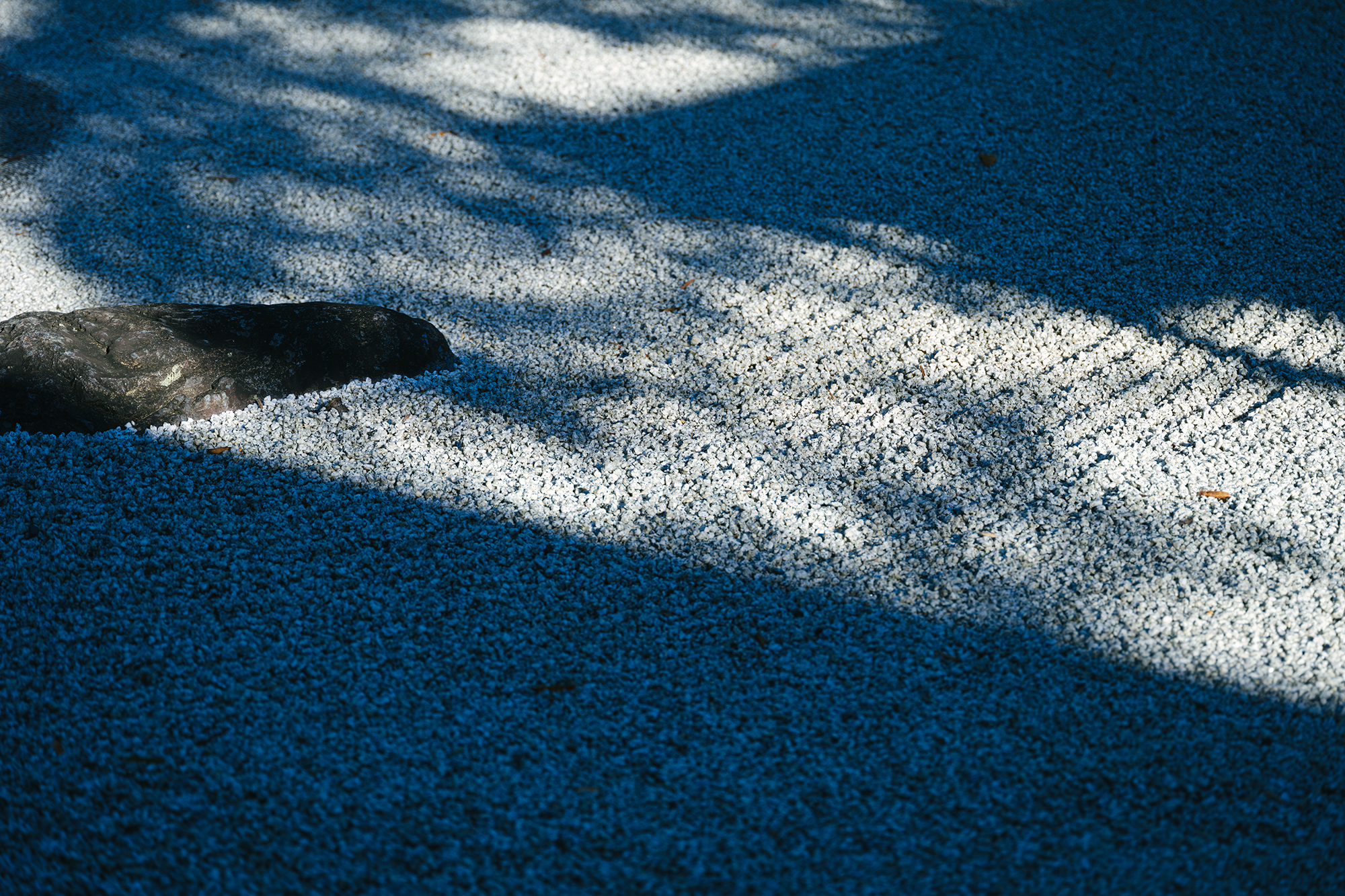
VOL.1-12
Update
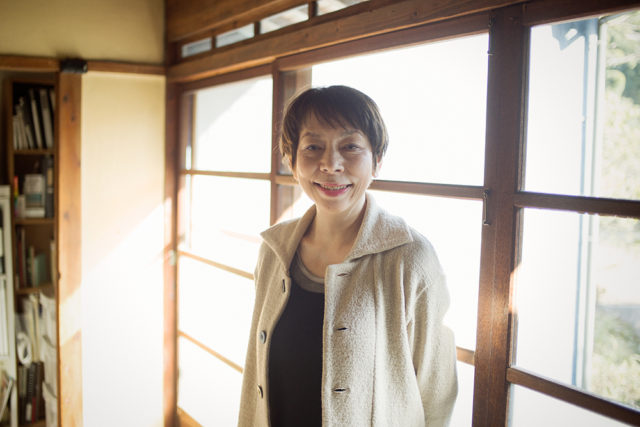
VOL.1
Update
We share a variety of information and perspectives on Japanese crafts, including exhibition information and interviews.
Editor's Column "Craft Production Regions" VOL.4 AD
KOGEI Topics VOL.19
New Products VOL.17
Featured Exhibitions & Events VOL.43
Apr 5 – Jun 22, 2025
SEIKADO BUNKO ART MUSEUM
Apr 8 – May 6, 2025
The Gotoh Museum
Apr 11 – Jun 15, 2025
Kyoto City KYOCERA Museum of Art
Apr 12 – Jun 29, 2025
TOGURI MUSEUM OF ART

The Sakakura Shinbei Kiln, a Hagi ware kiln located in Fukagawa Yumoto, Nagato, Yamaguchi Prefecture, has been producing exquisite ceramics for over 360 years. Now the talent of a young artist, the latest in the history of this renowned kiln, is blooming in the newest chapter of this long creative story.
This work by Masahiro Sakakura is suffused with a gentle warmth, as if expressing his personality. The black, sooty texture of the Mikomi, the interior of the bowl, and Kodai, its foot, truly reveal the rich depth of the clay as you hold it in your hand. Masahiro’s approach is nothing but sincere as he works with his own hands to bring the bowl to life, always seeking ways to bring out the charm of the Hagi clay.
The history of Hagi ware has long been interwoven with the culture of the tea ceremony. Hagi tea bowls have a unique character whereby the scenery changes every time you enjoy a bowl of tea, even reflected in an ancient phrase, “the seven transformations of Hagi.” I wonder how this tea bowl will develop in the hands of its user? Imagining such things is one of the pleasures of coming into contact with such practical art.